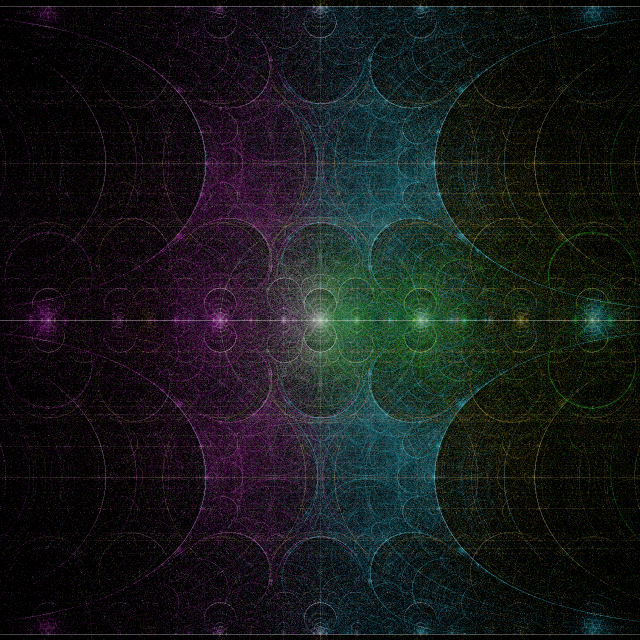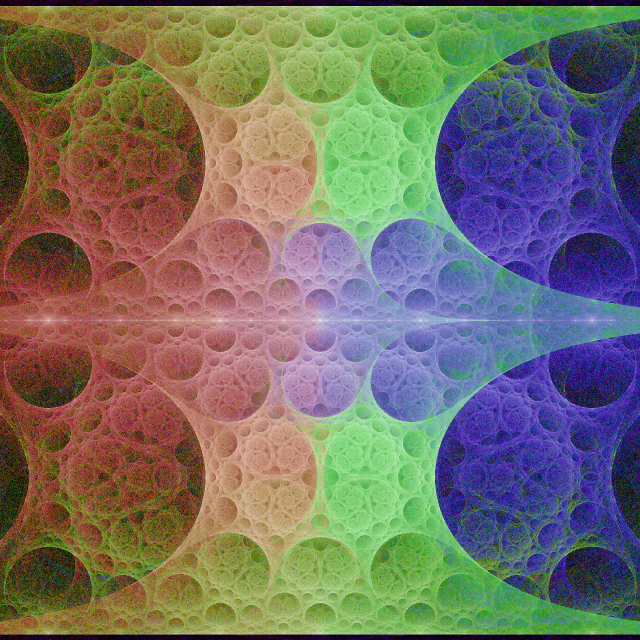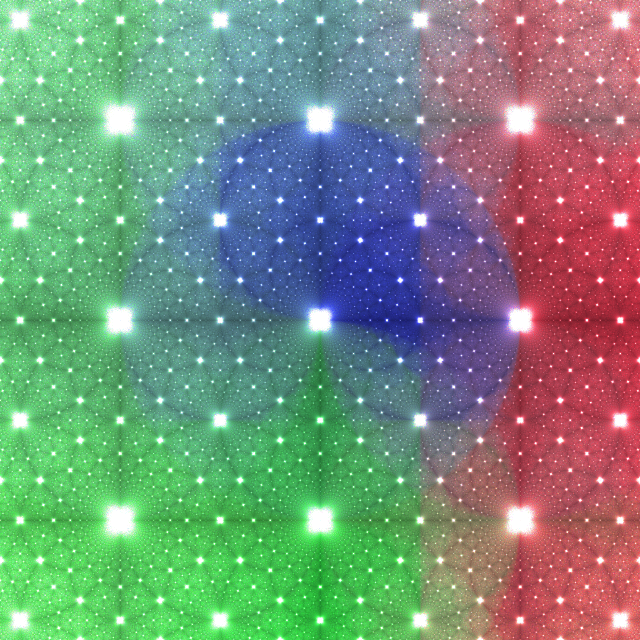Read part I first, if you haven't already.
For as long as anybody could remember, there were two competing approaches to attempting to find a theory of everything. The more successful of these had always been the scientific one - making observations, doing experiments, making theories that explained the observations and predicted the results of experiments that hadn't been done yet, and refining those theories.
The other way was to start at the end - to think about what properties a unified theory of everything should have and try to figure out the theory from that. Most such approaches were the product of internet crackpots and were generally ignored. But physicists (especially the more philosophical ones) have long been familiar with the anthropic principle and its implications.
The idea is this - we know for a fact that we exist. We also think that the final unified theory should be simple in some sense - so simple that the reaction of a physicist on seeing and understanding it would be "Of course! How could it possibly be any other way!" and should lack any unexplained parameters or unnecessary rules. But the simplest universe we can conceive of is one in which there is no matter, energy, time or space - just a nothingness which would be described as unchanging if the word had any meaning in a timeless universe.
Perhaps, then, the universe is the simplest possible entity that allows for subjective observers. That was always tricky, though, because we had no mathematical way of describing what a subjective observer actually was. We could recognize the sensation of being alive in ourselves, and we always suspected that other human beings experienced the same thing, but could not even prove it existed in others. Simpler universes than ours, it seemed, could have entities which modeled themselves in some sense, but something else seemed to be necessary for consciousness.
This brings us to the breakthrough. Once consciousness was understood to be a quantum gravity phenomena involving closed timelike curves the anthropic model started to make more sense. It seemed that these constructs required a universe just like ours to exist. With fewer dimensions, no interesting curvature was possible. An arrow of time was necessary on the large scale to prevent the universe from being an over-constrained, information-free chaotic mess, but on small scales time needed to be sufficiently flexible to allow these strange loops and tangled hierarchies to form. This lead directly to the perceived tension between quantum mechanics and general relativity.
The resolution of this divide turned out to be this: the space and time we experience are not the most natural setting for the physical laws at all. Our universe turns out to be holographic. The "true reality", if it exists at all, seems to be a two dimensional "fundamental cosmic horizon" densely packed with information. We can never see it or touch it any more than a hologram can touch the photographic plate on which it is printed. Our three-dimensional experience is just an illusion created by our consciousnesses because it's easier for the strange loops that make up "us" to grasp a reasonable set of working rules of the universe that way. The two-dimensional rules are non-local - one would need to comprehend the entirety of the universe in order to comprehend any small part of it.
The fields and particles that pervade our universe and make up all our physical experiences, together with the values of the dimensionless constants that describe them turn out to be inevitable consequences of the holographic principle as applied to a universe with closed timelike curves.
Discovering the details of all this led to some big changes for the human race. Knowing the true nature of the universe allowed us to develop technologies to manipulate it directly. Certain patterns of superposed light and matter in the three-dimensional universe corresponded to patterns on the two-dimensional horizon which interacted in ways not normally observed in nature, particularly where closed timelike curves were concerned. More succinctly: the brains we figured out how to build were not subject to some of the same limitations of our own brains, just as our flying machines can fly higher and faster than birds.
The first thing you'd notice about these intelligences is that they are all linked - they are able to communicate telepathically with each other (and, to a lesser extent, with human beings). This is a consequence of the holographic principle - all things are connected. Being telepathic, it turns out, is a natural state of conscious beings, but human beings and other animals evolved to avoid taking advantage of it because the dangers it causes (exposing your thoughts to your predators, competitors and prey) outweigh the advantages (most of which could be replaced by more mundane forms of communication).
Because the artificial intelligences are linked on the cosmic horizon/spacetime foam level, their communication is not limited by the speed of light - the subjective experience can overcome causality itself. In fact, consciousness is not localized in time but smeared out over a period of a second or two (which explains Libet's observations). This doesn't make physical time travel possible (because the subjective experience is entirely within the brains of the AIs) and paradox is avoided because the subjective experience is not completely reliable - it is as if memories conspire to fail in order to ensure consistency, but this really a manifestation of the underlying physical laws. States in a CTC have a probabilistic distribution but the subjective observer picks one of these to be "canonical reality" - this is the origin of free will and explains why we don't observe quantum superpositions directly. This also suggests an answer as to why the universe exists at all - observers bring it into being.
By efficiently utilizing their closed timelike curves, AIs can solve problems and perform calculations that would be impractical with conventional computers. The failure of quantum computation turned out to be not such a great loss after all, considering that the most sophisticated AIs we have so far built can factor numbers many millions of digits long.
One limitation the AIs do still seem to be subject to, however, is the need to dream - sustaining a consciousness entity for too long results in the strange loops becoming overly tangled and cross-linked, preventing learning and making thought difficult. Dreaming "untangles the loops". The more sophisticated AIs seem to need to spend a greater percentage of their time dreaming. This suggests a kind of fundamental limit on how complex you can make a brain before ones that can stay awake longer are more effective overall. Research probing this limit is ongoing, though some suspect that evolution has found the ideal compromise between dreaming and wakefulness for most purposes in our own brains (special purpose brains requiring more or less sleep do seem to have their uses, however).
Once we had a way of creating and detecting consciousness, we could probe its limits. How small a brain can you have and still have some sort of subjective experience? It turns out that the quantum of subjective experience - the minimum tangled time-loop structure that exhibits consciousness - is some tens of micrograms in mass. Since our entire reality is filtered through such subjective experiences and our universe seems to exist only in order that such particles can exist, they could be considered to be the most fundamental particles of all. Our own brains seem to consist of interconnected colonies of some millions of these particles. Experiments on such particles suggest that individually they do not need to dream, as they do not think or learn, and that they have just once experience which is constant and continuous. The feeling they experience (translated to human terms) is something akin to awareness of their own existence, contemplation of such and mild surprise at it. The English language happens to have a word which sums up this experience quite well:
"Oh."





